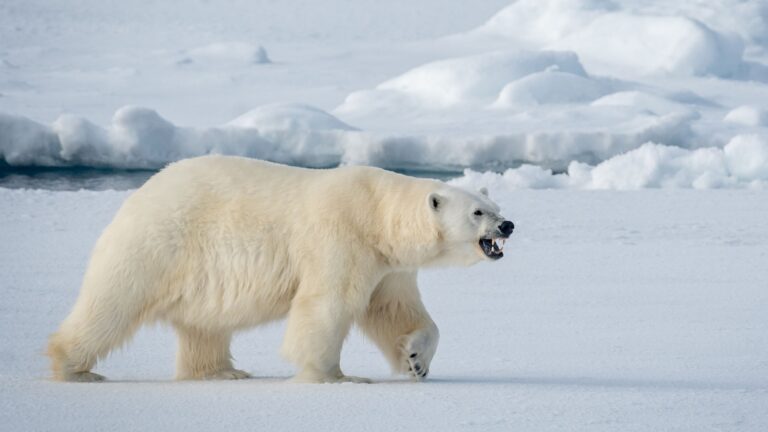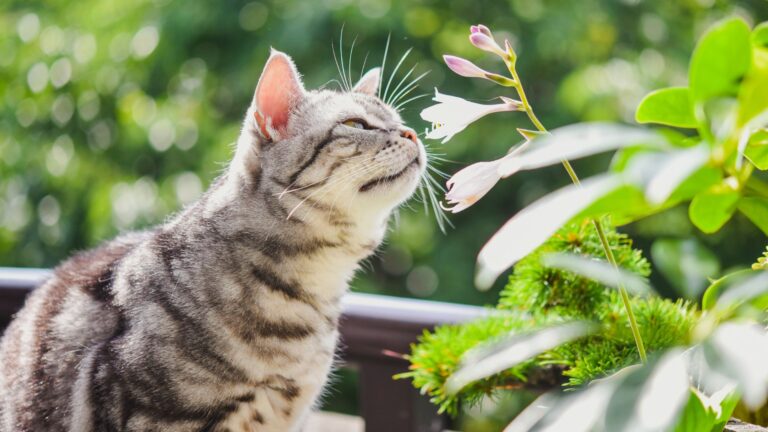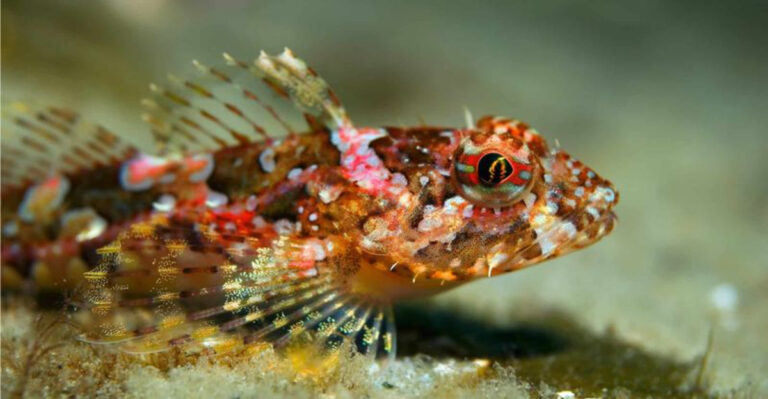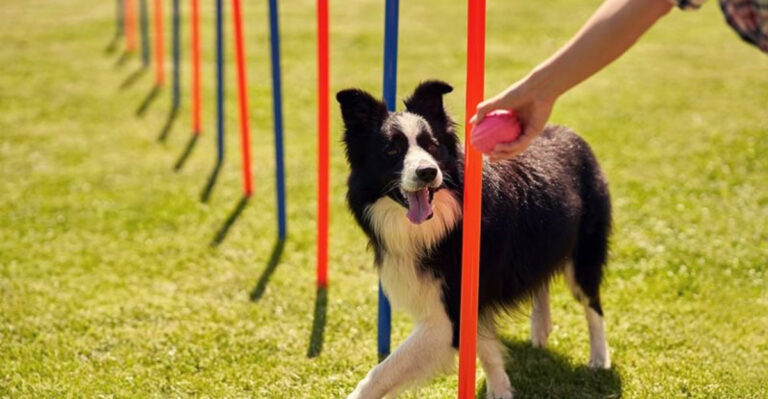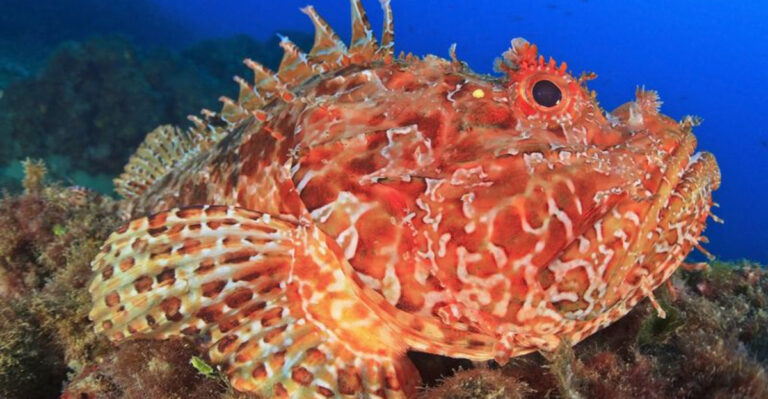Cheetahs Vs. Other Big Cats — 7 Key Differences Explained
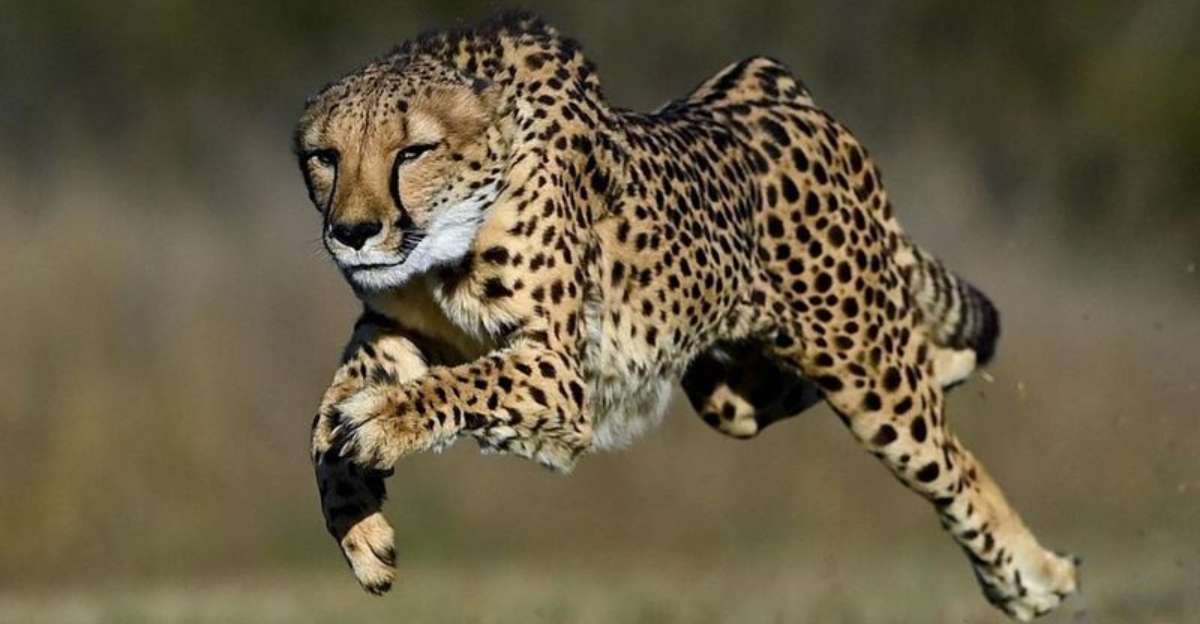
Cheetahs are one of the most fascinating members of the big cat family, distinguished by their unparalleled speed and unique characteristics.
While they share the feline lineage with other magnificent big cats like lions, tigers, and leopards, cheetahs possess distinct differences that set them apart.
Today, we’ll unravel a few key differences, painting a vivid picture of these remarkable creatures and their wild counterparts.
1. Speed Vs. Strength
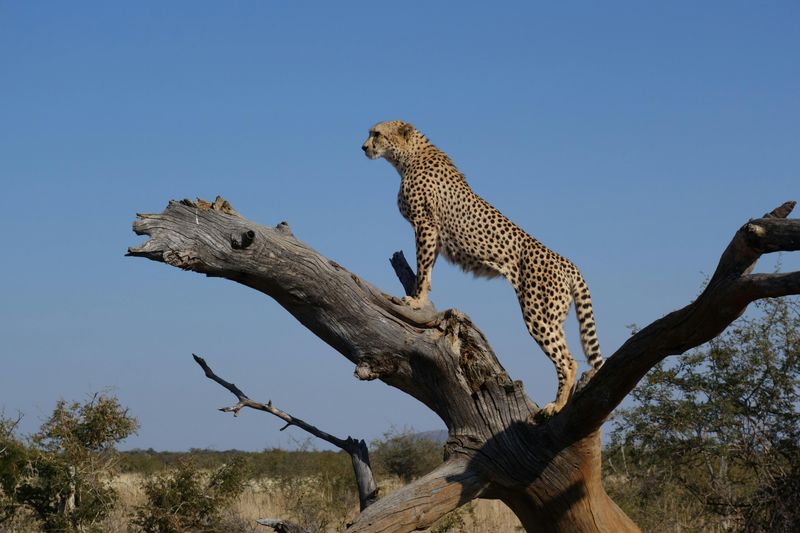
Cheetahs are celebrated as the fastest land animals, capable of reaching speeds up to 75 mph (120 km/h) in short dashes. This extraordinary speed is their primary hunting tool, allowing them to outrun prey with ease.
Their bodies are built for acceleration, with long legs and a lightweight frame that maximizes their ability to sprint. This makes cheetahs the ultimate speedsters of the animal kingdom.
In contrast, other big cats like lions, tigers, and leopards have evolved with an emphasis on strength and stealth. These cats rely on ambush tactics, using their powerful muscles to overpower prey.
Their robust build allows them to take down large animals, a testament to their place as apex predators. The difference in hunting strategies highlights the unique adaptations of cheetahs compared to their relatives.
While cheetahs depend on velocity, the other big cats’ reliance on brute force and cunning ambush techniques showcases the diversity within the big cat family.
This specialization in speed versus strength is a fascinating aspect of their evolutionary paths, offering insights into their survival tactics.
2. Body Structure
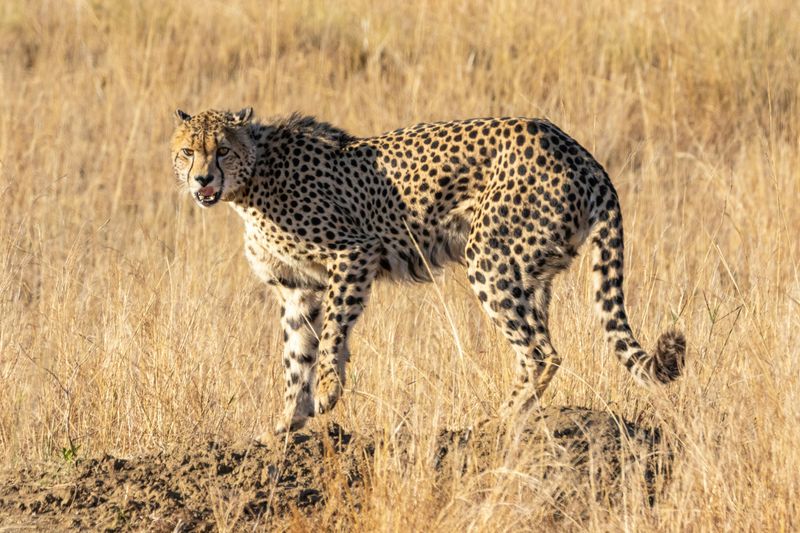
The body structure of a cheetah is a marvel of natural engineering, specifically designed for speed. With a slender, aerodynamic form, cheetahs have long legs, a small head, and a flexible spine that enables them to stretch and contract with incredible flexibility. This design reduces air resistance and maximizes stride length, making them highly efficient sprinters.
On the other hand, big cats such as lions and tigers boast a more robust and muscular physique, adapted for power and endurance rather than speed.
Their stocky build provides the strength needed for grappling large prey and engaging in prolonged battles for dominance. This contrast in physical build underscores the different evolutionary paths these cats have taken.
The cheetah’s body is a testament to specialization, focusing entirely on speed at the cost of raw power. Meanwhile, their big cat cousins have evolved to capitalize on strength, enabling them to thrive in environments where speed is secondary to power. This divergence in body structure highlights the fascinating adaptability of the animal kingdom.
3. Retractable Claws
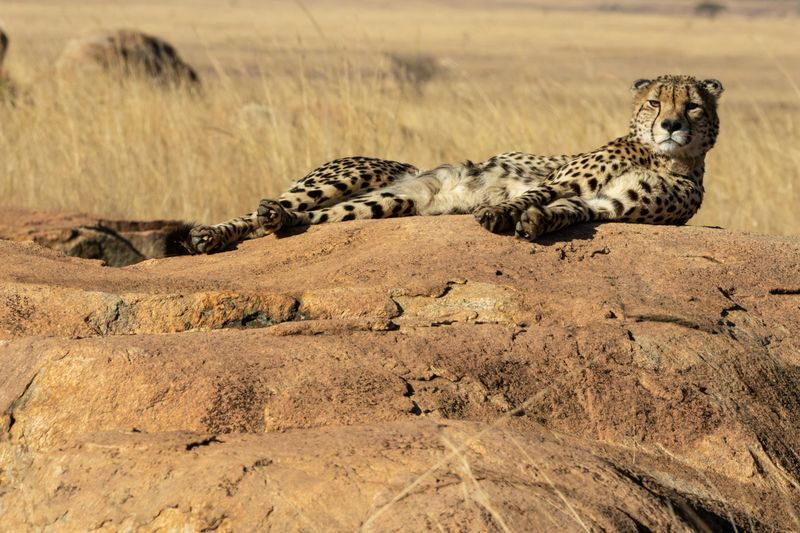
Unlike other big cats, cheetahs have semi-retractable claws that serve a specific purpose in their high-speed pursuits.
These claws provide exceptional traction, similar to the spikes on a sprinter’s shoes, allowing cheetahs to maintain grip during rapid acceleration and sharp turns. This adaptation is crucial for their survival as they chase down agile prey.
In contrast, most other big cats possess fully retractable claws, an evolutionary trait that aids in climbing and silent stalking. The ability to keep their claws sheathed until needed helps these cats move stealthily through their habitats, crucial for ambushing unsuspecting prey.
This difference in claw functionality between cheetahs and other big cats reveals their specialized roles within their respective ecosystems.
The semi-retractable nature of cheetah claws underscores their role as sprinters of the animal world, prioritizing speed and grip over other capabilities. Meanwhile, the retractable claws of lions, tigers, and leopards emphasize stealth and versatility, highlighting the diverse adaptations within the big cat lineage.
4. Facial Markings

Cheetahs are instantly recognizable by their unique facial markings, specifically the black “tear marks” running from the inner corners of their eyes down to the sides of their mouths.
These marks are believed to serve multiple functions, including reducing sun glare and enhancing focus on prey during hunts. This distinctive feature sets them apart visually from their big cat counterparts.
Other big cats, such as leopards and jaguars, lack these tear markings but boast their own striking patterns, like rosettes and spots. Meanwhile, lions and tigers have entirely different facial patterns, adapted to their specific environments and hunting strategies.
These differences in facial markings are more than just aesthetic; they reflect the varied ecological niches occupied by these predators.
The tear marks of cheetahs are a testament to their diurnal hunting habits and the need to protect their eyes from the harsh sun.
In contrast, the unique patterns of other big cats aid in camouflage, illustrating the diverse adaptations that allow each species to thrive in its environment. These markings are not merely for show but serve critical functional roles.
5. Hunting Strategy
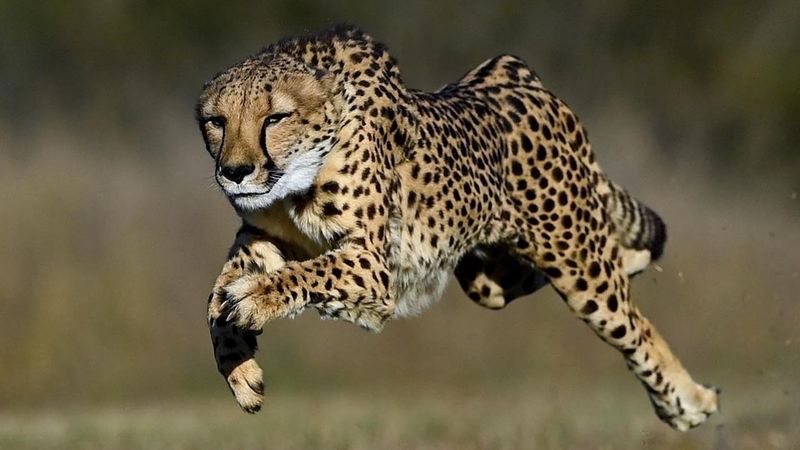
Cheetahs are diurnal hunters, meaning they prefer to hunt during daylight hours. This strategy allows them to avoid competition with larger nocturnal predators like lions and hyenas. Using their exceptional speed and keen eyesight, cheetahs rely on open landscapes to chase down swift prey such as gazelles and impalas.
In contrast, other big cats like lions, tigers, and leopards are primarily nocturnal hunters. They use the cover of darkness to their advantage, relying on stealth and ambush tactics to catch their prey. This nocturnal lifestyle is supported by their superior night vision, allowing them to spot and stalk prey with precision.
The differing hunting strategies of cheetahs and other big cats underscore the diversity of survival techniques within the feline family.
While cheetahs depend on speed and daylight, their cousins use the cloak of night and their formidable strength to secure meals. This divergence in hunting behavior highlights the adaptability and specialization of these majestic creatures.
6. Social Behavior
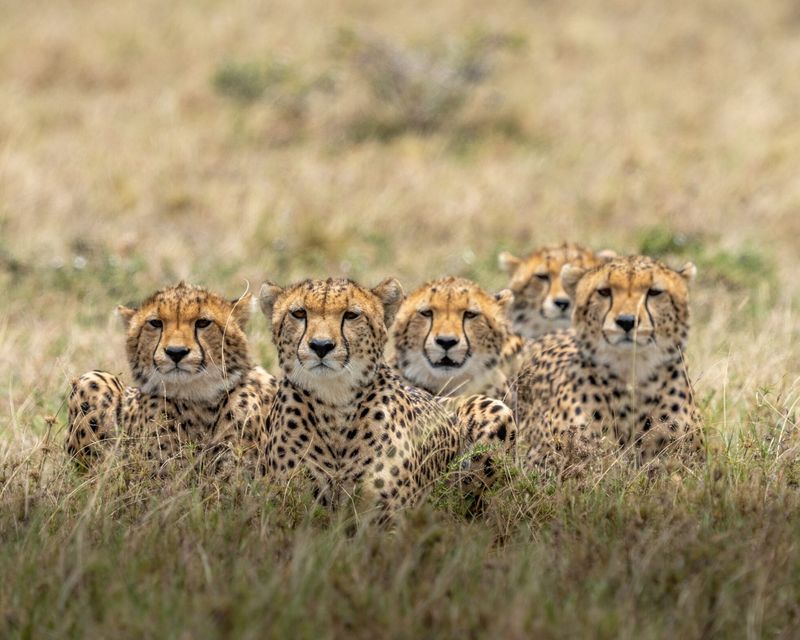
Socially, cheetahs are quite unique among the big cats. They are generally solitary, with the exception of mothers who stay with their cubs until they are ready to fend for themselves.
Male cheetahs sometimes form small groups called coalitions, typically consisting of brothers, which helps them defend territories and hunt collaboratively.
In stark contrast, lions are known for their elaborate social structures, living in prides that consist of multiple females, their cubs, and a few dominant males. This social arrangement allows lions to cooperate in hunting and protecting their young. The pride structure is a key factor in their survival and success as apex predators.
Leopards and jaguars, like cheetahs, are mostly solitary, emphasizing stealth and independence. These variations in social behavior reflect the ecological demands and survival strategies of each species, showcasing the rich tapestry of life within the big cat family.
The social dynamics of these cats are as varied as their physical adaptations, illustrating the complexity of their lives in the wild.
7. Roaring Vs. Purring
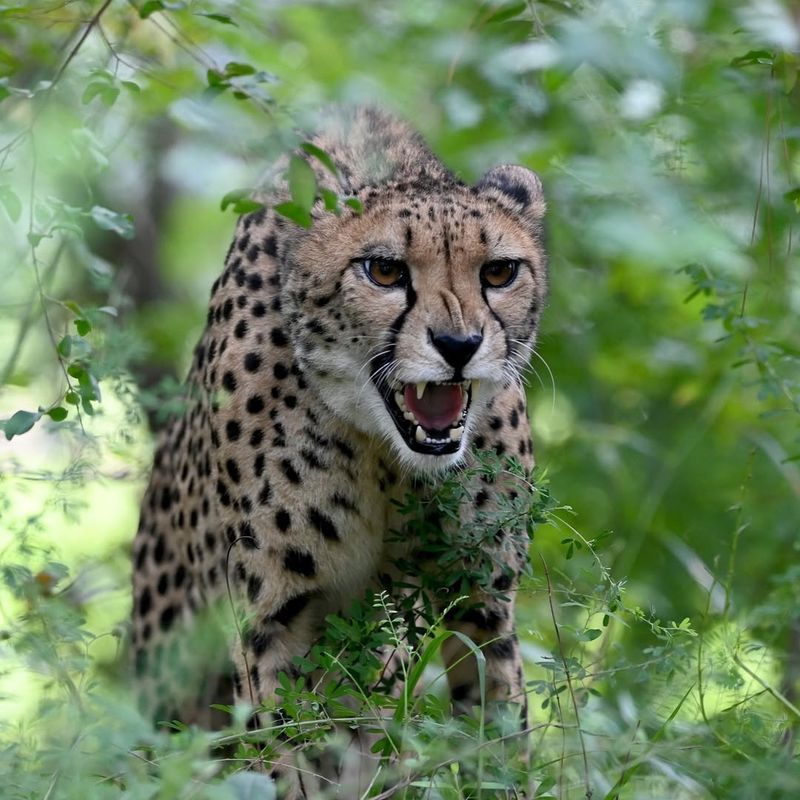
Cheetahs possess a vocal signature distinct from other big cats: they cannot roar. Instead, they communicate through a range of sounds including purring, chirping, and growling. Their vocalizations are often softer and used for communication between mothers and cubs or among coalition members.
Other big cats like lions, tigers, and leopards have a specialized larynx that enables them to roar, a powerful sound that serves to mark territory and communicate with other members of their species. This ability to roar is a hallmark of these cats’ formidable presence in their habitats.
The contrast between cheetahs’ gentle purring and the thunderous roars of their relatives underscores the diversity in communication methods within the big cat family.
While cheetahs maintain a quieter presence, the roaring of lions and their kin reflects their dominance and social complexity. These vocal differences are not just about sound but signify broader behavioral adaptations.

